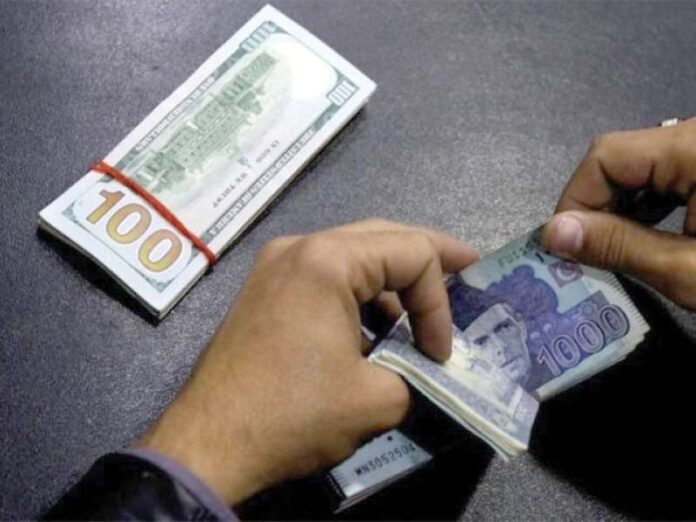On Wednesday, the Pakistani rupee had a significant loss of 1.16%, ending the day at Rs280.29 against the US dollar. After a record 28-day stretch in which the local currency steadily strengthened against the US dollar, this depreciation represented the rupee’s second straight day of loss.
The rupee has increased 8.73% since reaching a high of Rs307.10 on September 5, indicating a stretch of rather stable conditions in the foreign exchange market. Analysts, however, are worried and speculating because of the rupee’s recent decline in value.
Demand for the US dollar has risen.
The reversal was attributed by Tahir Abbas, Head of Research at Arif Habib Ltd., to increasing demand for the US dollar on the financial market, particularly for upcoming international payments. This increase in demand is slowly weakening the rupee’s recent gains.
Pakistan has completed a six-month coupon payment on its dollar-denominated eurobond, which is due to maturity in April 2024, according to Mohammed Sohail, CEO of Topline Securities Ltd. This action demonstrates the nation’s dedication to repaying its foreign debt.
Market-driven or artificial?
Despite this, not everyone believes that the rupee’s decline is solely the result of market forces. Former Federal Board of Revenue (FBR) chairman Shabbar Zaidi expressed worries about the sudden rise in the dollar rate and labeled it “artificial.” He advised that the State Bank of Pakistan (SBP) and the FBR should be informed when people often purchase dollars from exchange businesses. In order to prevent abrupt changes in exchange rates, he also recommended more regulatory supervision of exchange industry sales.
The future route
Tahir Abbas of Arif Habib Ltd. predicts that the rupee will settle at a rate between 275 and 280. The assessment of Pakistan’s loan program by the International Monetary Fund (IMF), due in November, will determine the direction of the currency rate in the future. A positive IMF evaluation would enable critical infusions of foreign currency from other multilateral sources. Future information on export earnings and remittances from abroad will also be crucial in determining the direction of the exchange rate.
With the rupee’s recent decline ending its month-long string of gains versus the US dollar, the trend of Pakistan’s currency is shifting. While the dollar’s market demand and the repayment of foreign debt have both contributed to the rupee’s depreciation, certain voices in the financial industry have questioned the cause of this fall. The IMF assessment, export sales, and remittances are just a few of the variables influencing Pakistan’s economy as it navigates these challenges. These factors will be actively watched by observers in order to determine how resilient the rupee will be in the upcoming months.






